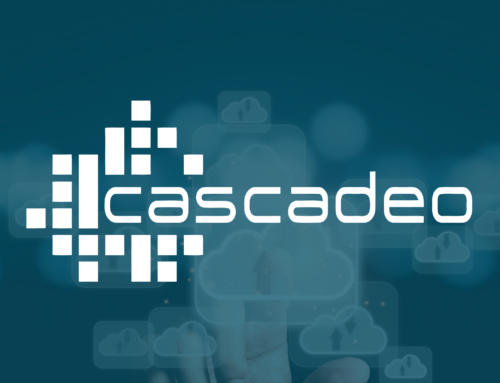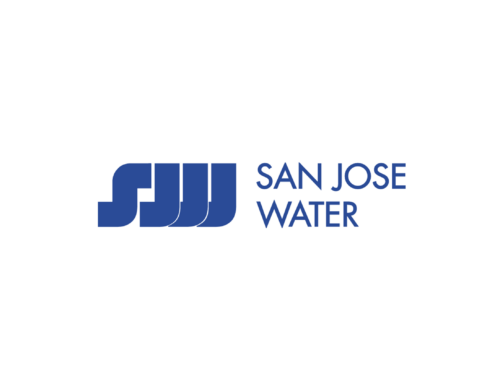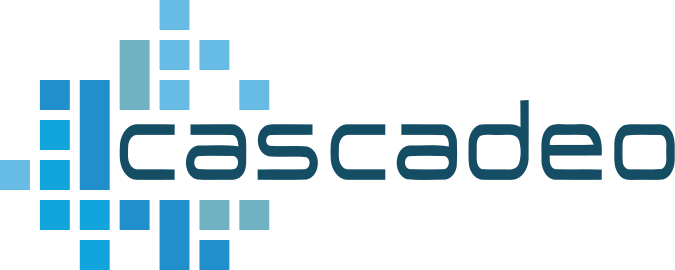Case Study: NetApp
Cloud Volumes Service removes obstacles so that you can move more of your file-based applications to the cloud.

A Less Complicated Migration
Migrating Microsoft Windows applications to the cloud is often a frustrating and expensive process. The failure and rollback rates for these projects is far higher than most people realize. There are various factors that make Windows application migrations particularly error prone: key hosting platform differences, legacy application architecture, antiquated security infrastructure, and a lack of automation-centric operations experience.
The AWS Workload Migration Challenge
Microsoft Windows IaaS workloads tend to be the most incorrectly deployed and operated cloud computing workloads. Historically, Windows ecosystem users did not have heavy scripting and automation backgrounds—most deployments are one-offs, with no clear record of the system state or changes made over time. And most of the time, these deployments tend to be very long running, with patches and manual maintenance rather than frequent refreshes via redeployment. These operational practices are completely at odds with the core principles of cloud architecture and operation, and often lead to the type of catastrophic security issues that have plagued the Windows ecosystem in years past.
Correctly migrating yesterday’s app to today’s cloud platform is rarely as simple as “lift and shift and tinker” VM conversion—despite what those with a financial motive may publicize, this is almost always the wrong thing to do. When migrating Microsoft workloads into the cloud, companies need to make sure those workloads maintain functionality, consistency, and security. The vast majority—perhaps as many as 90%—of these workload migrations are done incorrectly or, at a minimum, in a non-repeatable fashion that creates and perpetuates technical debt. One-off manual redeployments, “lift and shift” VM conversions, overprovisioned cloud resources, and a lack of per-application security are among the most common problems that Cascadeo encounters in client cloud migration initiatives. It is almost never the case that importing yesterday’s virtual machines is the right way to move Windows applications to the cloud.
The challenge becomes migrating without duplicating these legacy issues in the cloud. How do we quickly and painlessly deploy Microsoft workloads to Amazon Web Services (AWS) in a repeatable, consistent, reliable, and highly functional way? This challenge is particularly problematic with legacy Windows applications, many of which assume a shared file system mounted read/write to each application server. This legacy architecture is problematic for a number of reasons, the least of which is the scalability, security, cost, and blast radius concerns associated with any sort of networked file system.
Cascadeo’s Solution: NetApp Cloud Volumes Service
Enter NetApp® Cloud Volumes Service for AWS – a consumption-oriented cloud service available through AWS Marketplace. NetApp Cloud Volumes Service for AWS is a fully managed cloud service that enables you to move your workloads and applications to the cloud and manage them with ease. Cloud Volumes Service removes obstacles so that you can move more of your file-based applications to the cloud. It provides a solution to the problem of shared storage for Windows Server for AWS without all the overhead and administration involved with an in-house solution.

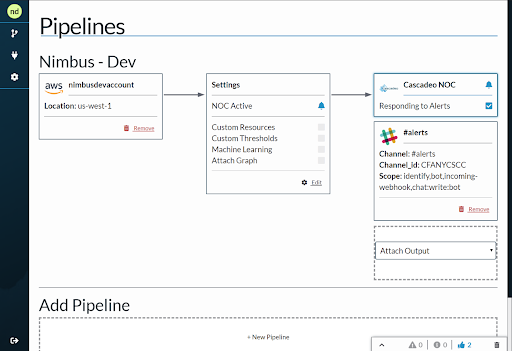
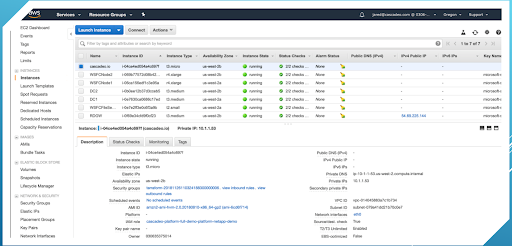 cascadeo.io Managed Cloud Operations for Windows + Cloud Volumes
cascadeo.io Managed Cloud Operations for Windows + Cloud Volumes
Service Workloads on AWS
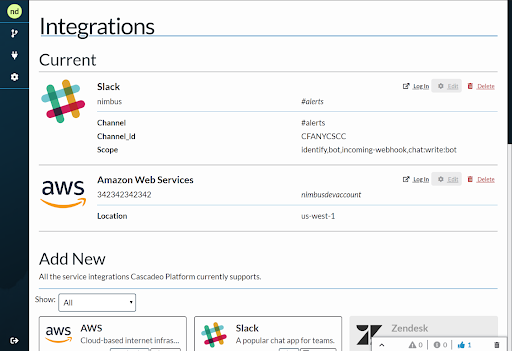
Cascadeo Is a Client-First MSP and Professional Services Partner to NetApp
Cascadeo is an AWS Premier Consulting Partner and Managed Services Provider based in Seattle, WA, USA with a secondary headquarters in metro Manila, Philippines. The 13-year-old company has worked with well over a hundred enterprise clients across the United States, Europe, and APAC regions to successfully design and deploy solutions to public cloud environments. As a cloud-first partner to NetApp, Cascadeo recommends and implements solutions from a variety of vendors, but is not a VAR or reseller, and focuses exclusively on finding the right products for a given customer engagement. Put differently, Cascadeo is less concerned with selling products and more concerned with solving clients’ problems correctly and efficiently, setting them up for long-term success rather than focusing on near-term revenue or platform adoption.
Together, NetApp and Cascadeo keep your files and Windows applications connected, accessible, monitored, and competently operated in the cloud.
To learn more about how NetApp and Cascadeo migrate workloads into AWS, check out the following demonstration.

